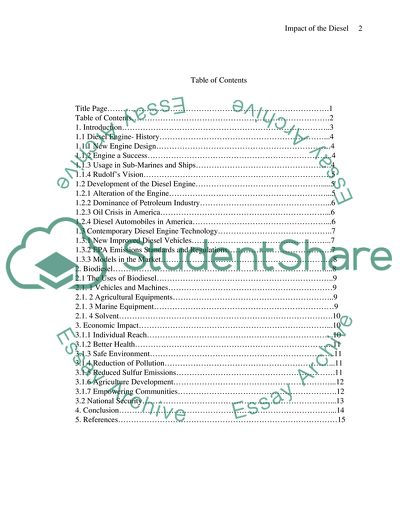Cite this document
(Historical Perspective On The Impact Of The Diesel Term Paper, n.d.)
Historical Perspective On The Impact Of The Diesel Term Paper. Retrieved from https://studentshare.org/technology/1746867-innovation-in-engine-technology-a-historical-perspective-on-the-impact-of-the-diesel
Historical Perspective On The Impact Of The Diesel Term Paper. Retrieved from https://studentshare.org/technology/1746867-innovation-in-engine-technology-a-historical-perspective-on-the-impact-of-the-diesel
(Historical Perspective On The Impact Of The Diesel Term Paper)
Historical Perspective On The Impact Of The Diesel Term Paper. https://studentshare.org/technology/1746867-innovation-in-engine-technology-a-historical-perspective-on-the-impact-of-the-diesel.
Historical Perspective On The Impact Of The Diesel Term Paper. https://studentshare.org/technology/1746867-innovation-in-engine-technology-a-historical-perspective-on-the-impact-of-the-diesel.
“Historical Perspective On The Impact Of The Diesel Term Paper”, n.d. https://studentshare.org/technology/1746867-innovation-in-engine-technology-a-historical-perspective-on-the-impact-of-the-diesel.


